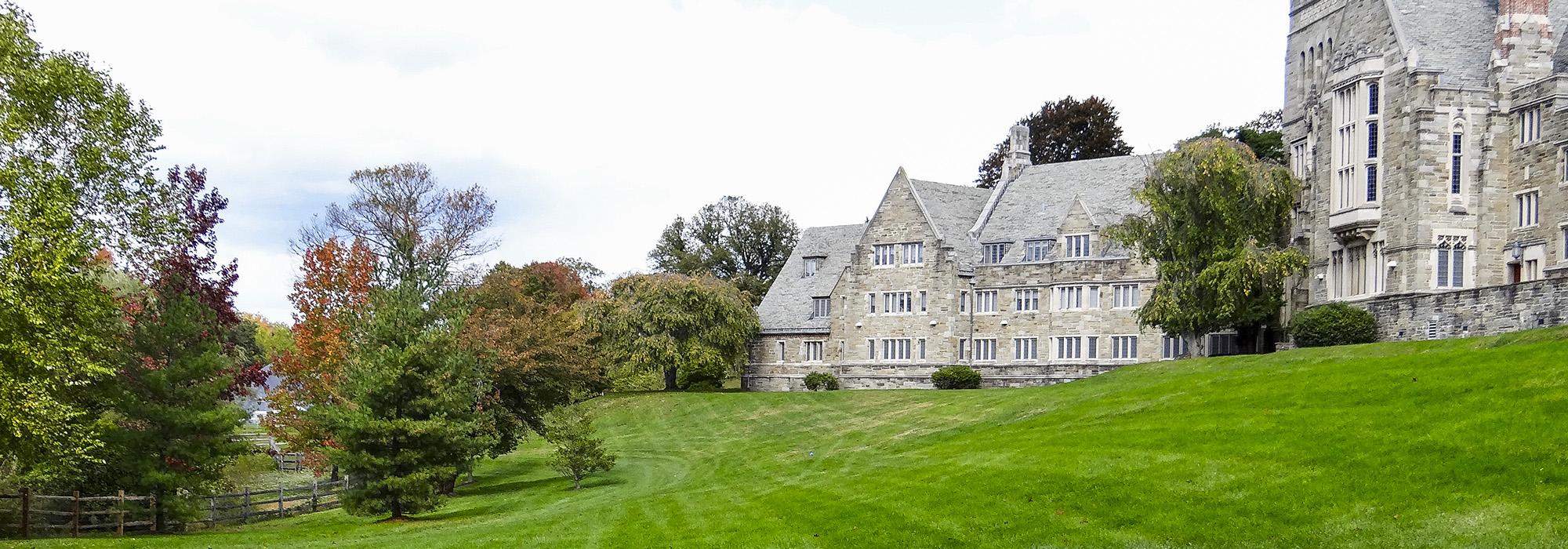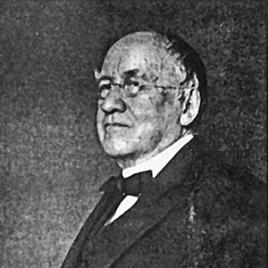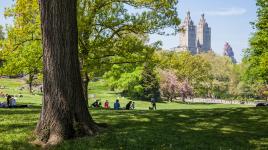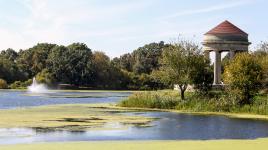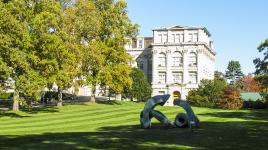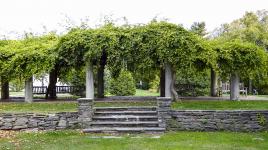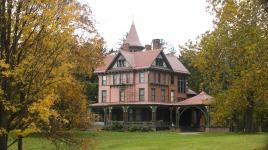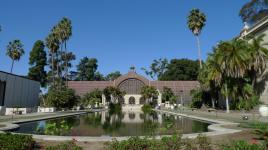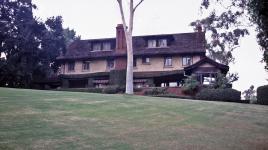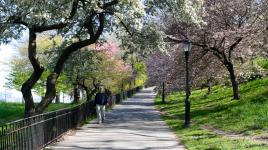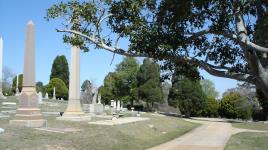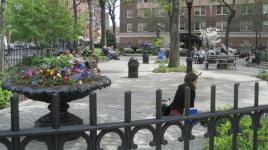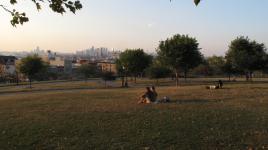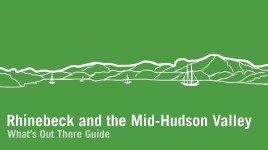Pioneer Information
Born in New Bedford, Massachusetts, Parsons studied at Haverford College, then Yale Scientific School where he received a Bachelor of Philosophy in 1862. He joined his family’s nursery business, Parsons & Sons Company, where he primarily designed gardens for country estates. Through his work, he became acquainted with Frederick Law Olmsted, Sr., and Calvert Vaux, joining the latter’s firm, Vaux and Company, around 1879 and becoming a partner shortly thereafter. The New York City Department of Parks engaged the firm in 1881, making Parsons Superintendent of Planting. During his influential 30-year career in public service, Parsons, in partnership with Vaux and, later, after Vaux’s death, as Landscape Architect for the City, participated in the evolution of New York City’s parks from Picturesque to Beaux Arts designs. He oversaw design and planting in Central, Riverside and Morningside Parks, and the development of St. Nicholas, DeWitt Clinton and Thomas Jefferson Parks, and the Broadway Mall, among others. Other projects throughout the U.S. were the result of his own practice, where he worked with such partners as George F. Pentecost and George Cooke, which he ran concurrently. These include Albemarle Park in Asheville, North Carolina, and City Park (later known as Balboa Park) in San Diego, California.
A founding member of the American Society of Landscape Architects, Parsons was elected its first vice president, later serving as president in 1902 and 1906. His extensive writings include his career-capstone treatise, The Art of Landscape Architecture.



